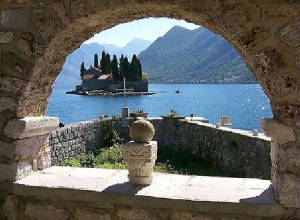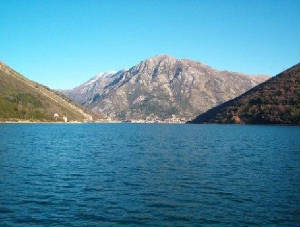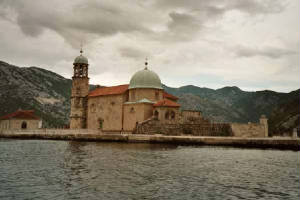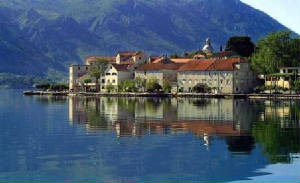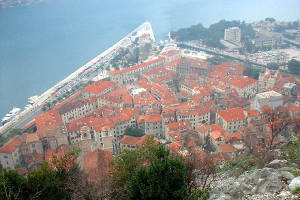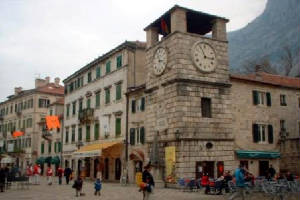|
 |
||||||||||
|
In
the club of the most beautiful bayes of the world In
the
Gospa
od Skrpjela is a place where many pilgrims and curious people gather. It was made on an artificial island and represents the
most beautiful testament to the Mother of God, a unique object in the whole
The
most famous and most valuable tapestry is here on Gospa od Skrpjela. It was embroidered by Jacinta Kunic-Mijovic and it took
her 25 years to finish it while waiting her darling to come from a long journey. She used golden and silver fibres but what
makes this tapestry so famous is the fact that she embroidered her own hair in it.
The
Montenegrin Riviera is certainly the most attractive part of
There
are 7 islands in the Bay of Boka Kotorska, and the largest among them by surface is St. Marco (the old name: Stradioti), followed
by the Island of Flowers, Mamula (Lastavica), St. George, Lady of Skrpjela, Milosrda (Otok), while the tiniest island is the
Little Lady. The towns in the Bay are interconnected by road and maritime communications. They also make a part of the entire
attractiveness of the Bay. The maritime communications are maintained through local and line navigation. The key role in the
road communications has the
The
mutual connection and unity of natural and anthropogenic motives make the
Kotor The
old town of
The
construction of the ramparts was initiated in the Illyrian age and they were built and rebuilt up to the XVIII century. The
oldest town gate, of the three existing in the town, is the “South” gate which was partially constructed in the
IX century. The “North” and the “Main” gates were build in the renaissance style by the first half
of the XVI century. The most representative
-
The Romanic -
The Romanic -
The Romanic -
The Gothic -
St. Clara’s church dates from the XIV century with the extremely beautiful marble altar, the work of Francesco Cabianca,
from the XVIII century. -
The -
The Orthodox Church of St. Nicolas was built by the beginning of the XX century with a valuable collection of icons.
There
are also numerous palaces in the town: the Drago palace with Gothic windows from the XV century, the Bizanti palace from the
XVII century, the Pima palace, with typical renaissance and baroque forms from the XVI century the Grubonja palace with the
built-in emblem of the old Kotor’s pharmacy established in 1326; the Grgurina palace, from the XVII century, which today
contains the Naval museum, and finally the Clock tower, from the XVI century, with the medieval pillory just beside it.
Perast It is situated 12 km west from Kotor and
represents the best preserved baroque area in the Adriatic. The town reached the highest point in
it’s development in the 17th and 18th century along with the strengthening of it’s own navy. At that time the most beautiful buildings arose in this fortified town. The palaces of the famous naval captains from this area belong to the baroque style and
they were built at the time of the
navigation flourishing. The most famous of
them are: The Bujovic from the
year 1693, The Zmajevic,
Badovica and Smekia.
The most prominent culture monuments are:
The Church of St. George’s founded
in the period from 15th -17th century. It
has rich church treasure. The Parsons
Church whose building started in the year 1740. by the
project of the Venetians architect
Gisele Beati. Only belfry and apse
were built whereas the shape of the church as a whole is known
thanks to well-preserved wooden schemes.The St. George’s
church erased up in the islet in front of Perast. It belonged to the Benedictine moister built in the 12th century.The Lady of Skrpjel the baroque church built in the year 1630. in the artificial islet
in front of Perast, in which there was the
small chapel in 1452. It owns a rich museum, paintings collection of the
famous Italian artist. The church has been decorated with 68 paintings by Tripo Kokolja a painter
from Perast-the most famous name of our baroque painting art from the end of the
17th century.
Risan The
quiet town of
Traces
of various civilizations were found on the
|
|||||||||||
 |
|||||||||||



